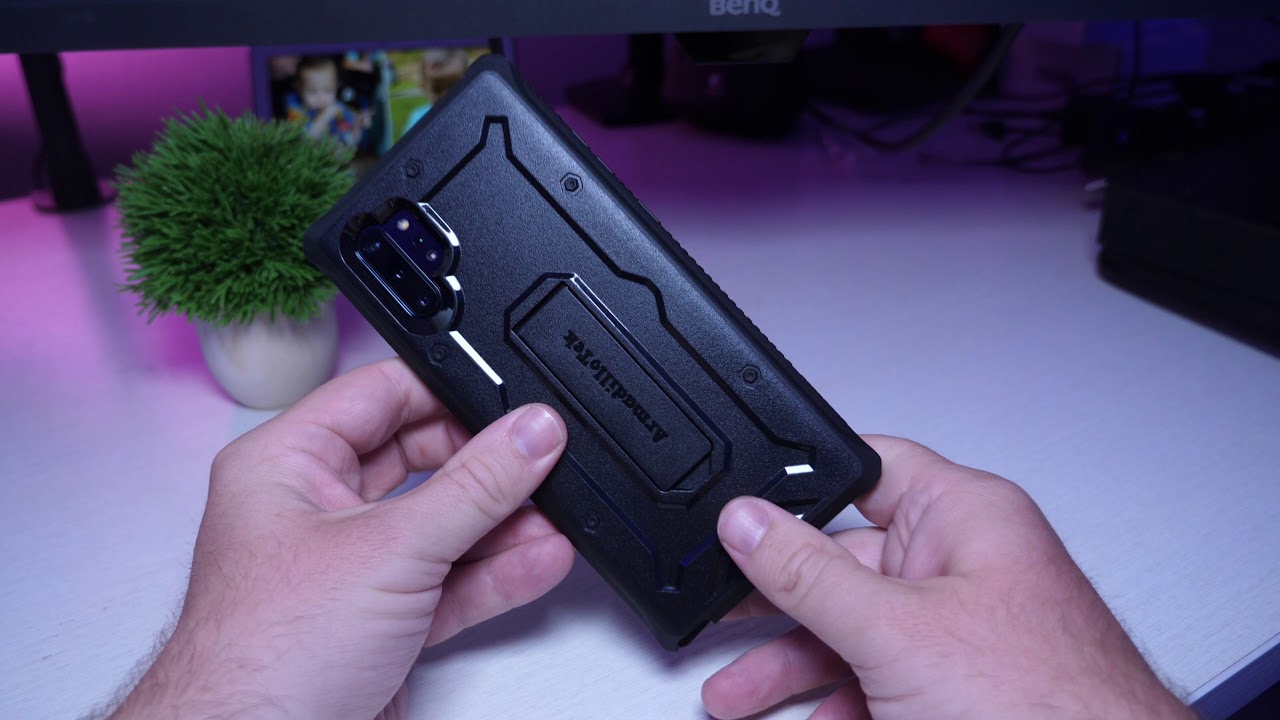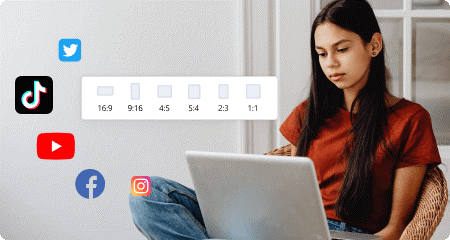Are you an Android user who loves to customize your smartphone according to your preferences? Android provides a wide range of options for customization, including the ability to flash custom ROMs, install mods, and experiment with system files. However, these customization activities can sometimes lead to device damage and result in your smartphone being stuck in soft brick mode. In such cases, it is wise to backup or extract the Init_boot file from your device, which is responsible for booting your smartphone.
In this guide, we will walk you through the process of extracting the Init boot file from your Android device without the need to download the entire firmware. We understand that downloading a large firmware file can be time-consuming and consume your internet bandwidth. So, we have come up with an easy method to extract the Init boot file directly from your device. Let’s get started!
Prerequisites
Before we begin, there are a few prerequisites that you need to fulfill in order to extract the Init_boot file from your Android device. Please make sure you have:
- Rooted your smartphone: Rooting your device will give you the necessary privileges to access and modify system files.
- Enabled Developer Options: Developer Options allow you to enable USB debugging, which is required for the extraction process. If you haven’t enabled Developer Options on your device, you can refer to our guide on How to Enable and Disable Developer Options on Your Android Device for detailed instructions.
- Enabled OEM unlock: OEM unlocking allows you to unlock the bootloader of your device, which is necessary for extracting the Init_boot file. If you’re not sure how to enable OEM unlocking, you can check our guide on What is OEM Unlocking? How to Enable it on Android Devices for more information.
- Installed ADB toolkit: ADB (Android Debug Bridge) is a command-line tool that allows you to interact with your Android device from your computer. You will need to install ADB on your computer to execute the commands required for the extraction process. You can download and install ADB toolkit from the official Android Developer website or follow our guide on How to Install ADB and Fastboot on Windows for detailed instructions.
- Installed ADB Platform Tools: ADB Platform Tools are a set of utilities that complement the ADB toolkit. You will need to download and install ADB Platform Tools on your computer to successfully extract the Init_boot file. You can download ADB Platform Tools from the official Android Developer website.
Please ensure that you have fulfilled all the prerequisites before proceeding with the extraction process.
Extract Init_boot from Device Using ADB Commands
In this method, we will be using ADB commands to extract the Init_boot file from your Android device. Follow the steps below:
- Connect your Android device to your computer via USB.
- Open the Command Prompt or Terminal on your computer and navigate to the directory where you have installed ADB. If you’re using Windows, you can press
Win + R, type “cmd”, and hit Enter to open the Command Prompt. If you’re using macOS or Linux, you can open the Terminal from the Applications folder or search for it in the system menu. - Once you’re in the Command Prompt or Terminal, type the following command to start the ADB server:
adb devices- You will see a prompt on your Android device asking for permission to allow USB debugging. Grant the permission.
- Now, type the following command to check the available init_boot file paths:
adb shell ls -la /dev/block/bootdevice/by-name- The command will display a list of files and directories. Look for the lines that have “init boot a” and “init boot b” in them. These are the partitions that contain the init_boot files. Note down the block addresses for both partitions.
- To extract the init_boot file, use the following command:
adb shell dd if=/dev/block/[block_address] of=/sdcard/init_boot.imgReplace “[blockaddress]” with the block address you noted down in the previous step. For example, if the block address for “initboot_a” is “/dev/block/sde32”, the command would be:
adb shell dd if=/dev/block/sde32 of=/sdcard/init_boot.img- The extraction process will take some time, depending on the size of the initboot file. Once the process is complete, you will find the extracted initboot file in the root directory of your device’s internal storage.
Congratulations! You have successfully extracted the Init_boot file from your Android device using ADB commands. You can now use this file for further customization or troubleshooting purposes.
Extract Init_boot from Device Using TWRP Terminal
If you have TWRP (Team Win Recovery Project) or ORANGE recovery installed on your Android device, you can use the TWRP Terminal to extract the Init_boot file. Follow the steps below:
- Boot your Android device into TWRP recovery mode. The method to enter recovery mode varies depending on the device, so you may need to search for the specific key combination or refer to the device’s manual.
- Once you’re in TWRP recovery mode, navigate to the “Advanced” menu.
- Select “Terminal” from the list of options. This will open a command prompt-like window.
- In the Terminal window, type the following command to check the available init_boot file paths:
ls -la /dev/block/bootdevice/by-name- Look for the lines that have “initboota” and “initbootb” in them. Note down the block addresses for both partitions.
- To extract the init_boot file, use the following command:
dd if=/dev/block/[block_address] of=/sdcard/init_boot.imgReplace “[blockaddress]” with the block address you noted down in the previous step. For example, if the block address for “initboot_a” is “/dev/block/sde32”, the command would be:
dd if=/dev/block/sde32 of=/sdcard/init_boot.img- The extraction process will take some time. Once it’s complete, you will find the extracted init_boot file in the root directory of your device’s internal storage.
That’s it! You have successfully extracted the Init_boot file from your Android device using the TWRP Terminal. You can now use this file for whatever purpose you need, such as rooting, installing custom ROMs, or troubleshooting.
Frequently Asked Questions (FAQs)
What is the difference between boot.img and init_boot.img file?
The boot.img and init boot.img files are both associated with the Android operating system and its file structure. The boot.img file contains the kernel and ramdisk details, while the init boot.img file contains the generic boot structure with the initialization bootloader.
I don’t know the path of my init_boot file. What should I do?
Determining the path of the init boot file can vary depending on your specific device and its firmware structure. You can find information about the init boot file on XDA forums or by using the adb commandfind / -name "init_boot.*".
I am getting two init_boot file locations. Which one is correct?
If you’re seeing multiple locations for the init boot file, determining the correct one depends on the context and your specific goal. Modern smartphones often have multiple partitions, but usually, the boot file with the name “init boot_a.img” is the correct one.
Why do I need root access to extract the init_boot file?
Root access is required to extract the init_boot file because it allows you to access and modify system files. Without root access, you won’t have the necessary privileges to perform the extraction process.
Can I extract the init_boot file without root access?
No, you cannot extract the init boot file without root access. The traditional method requires downloading the entire firmware package, which is not feasible if you just need the init boot file. Root access allows you to extract the existing init_boot file from your device itself.
Will the above methods work on all Android smartphones?
Yes, the above methods should work for all Android smartphones as long as you have the appropriate adb drivers installed on your computer. However, the exact steps and commands may vary slightly depending on the device model and firmware version.
Conclusion
Customizing your Android device is an exciting way to personalize your smartphone experience. However, it’s important to be cautious and take necessary precautions to avoid device damage. Extracting the Init_boot file from your device without downloading the entire firmware can save you time and effort.
In this guide, we have provided you with two methods to extract the Init_boot file from your Android device. Whether you choose to use ADB commands or the TWRP Terminal, make sure to follow the steps carefully and fulfill the prerequisites.
Remember to always back up your data before making any modifications to your device. If you have any questions or need further assistance, feel free to leave a comment below. Happy customizing!








